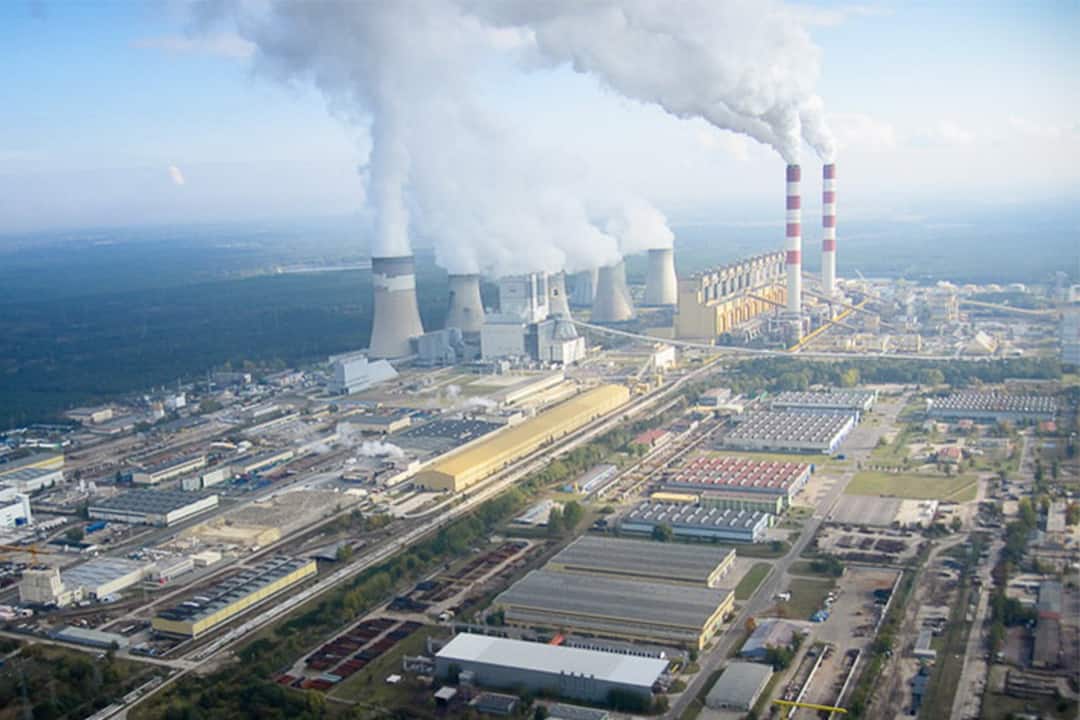Given the current global projections of 34 billion tons of annual carbon emissions, simply increasing efforts to reduce emissions will not be adequate to prevent global warming.
Significant negative emissions — meaning the removal of carbon from the air — will be necessary to counterbalance the global carbon output. According to the US Department of Energy, President Joe Biden’s ambitious plan for a net-zero emissions economy would require annual capture and storage between 400 million and 1.8 billion tons of carbon dioxide (CO2).
Canada’s goal is to capture and store 15 million tons of CO2 per year by 2030 to reduce greenhouse gas emissions by 40–45 per cent from 2005 levels. This task can be accomplished through the natural process of carbon capture by trees or through carbon capture technology. However, as natural solutions such as planting trees are relatively expensive and time-consuming, carbon capture technology will be crucial in meeting climate goals.
Methods of carbon capture
Two common methods of carbon capture include direct air capture and carbon capture and storage. Direct air capture involves capturing and concentrating carbon directly from the air. On the other hand, carbon capture and storage involves removing CO2 from concentrated emissions streams, such as the smokestacks of steel factories, through processes known as pre-combustion.
Meanwhile, post-combustion is a third method of carbon capturing that involves separating CO2 from fossil fuel combustion using chemical solvents. Post-combustion is useful as carbon can be stored underground for future reuse. For example, Toronto-based company CarbonFree develops patented technologies, such as SkyCycle™ and SkyMine®, to transform industrial waste to useful, commercial chemicals; for example, it can convert captured CO2 to sodium bicarbonate, also known as baking soda. Captured carbon can also be extracted for enhanced oil recovery, where CO2 gas increases the pressure of an oil reservoir, efficiently pulling the oil to the production wells.
Economic feasibility of carbon capture
Previously, carbon capture technology was not an economically viable solution for addressing climate change. In 2011, the American Physical Society — a nonprofit organization that represents physicists across many national laboratories and industries throughout the world — estimated the price of capturing a tonne of carbon using direct air capture technology was 600 USD.
However, recent advancements have made carbon capture more affordable, renewing optimism in its economic viability. In a 2018 paper in Joule, a scientific journal, the price estimate for the latest direct air capture technology by the company Carbon Engineering was reduced from 600 USD to between 94 and 232 USD per ton.
In fact, carbon capture and storage uses inexpensive materials to capture CO2 from dirty industry exhaust gas, making it even cheaper than direct air capture. With advances in the economic feasibility of carbon capture, the idea of companies offsetting their own carbon emissions is expanding beyond environmental benefits to becoming a potentially novel, lucrative industry.
Institutional involvement in carbon capture
Notable players in the oil and gas industry are embracing carbon capture. For example, ExxonMobil, a natural gas company, projects that the carbon capture industry could reach a revenue of 6 trillion USD by 2050.
With other companies and startups following with large-scale carbon capture initiatives to build 100 facilities of large-scale Direct Air Capture by 2035, research company Wood Mackenzie predicts that carbon capture could attract 150 billion USD in investments by the end of the decade.
Technologists expect that carbon removal will follow the path of waste management, starting as an expensive endeavour and later evolving into a profitable business.
Government support can also play a crucial role in jumpstarting the carbon capture industry through initiatives such as the Inflation Reduction Act in the US, which provides financial incentives for corporations supporting carbon offsets. Buyers of carbon credits — a removal service of CO2 emissions to compensate for emissions made — including tech firms, are already seeking decarbonization services to bolster their environmentally-conscious image.
Microsoft plans to capture 2.7 million tons of carbon through Danish clean energy company Orsted, a renewable energy company. Additionally, major tech companies like Alphabet, Meta, Stripe, and Shopify have joined forces with Charm Industrial to remove 112,000 tons of CO2 by 2030 by converting agricultural waste such as vegetable and fruit waste for biofuel production instead of leaving them to decompose and produce CO2 emissions. Biofuel is a more environmentally friendly alternative to petroleum because it produces fewer toxins and is biodegradable.
As interest in carbon capture can bolster a progressive environmental image, other sectors are also showing interest. JPMorgan Chase, a financial services company, plans to invest $200 million in purchasing credits from carbon removal firms.
Even some members of the oil industry are embracing carbon capture: the world’s largest oil producer, Saudi Aramco, plans to increase its carbon capture and storage capacity fivefold. It is working to make its Mega Carbon Storage facility in Jubail Industrial City operational by 2027.
While there are still challenges surrounding carbon capture, such as the cost of scaling up operations and reducing costs, the growing interest from various industries and the support of government initiatives hold great potential for addressing climate change, paving the way for carbon capture to become a game changer in the battle against carbon emissions.



No comments to display.